Creative Exercise
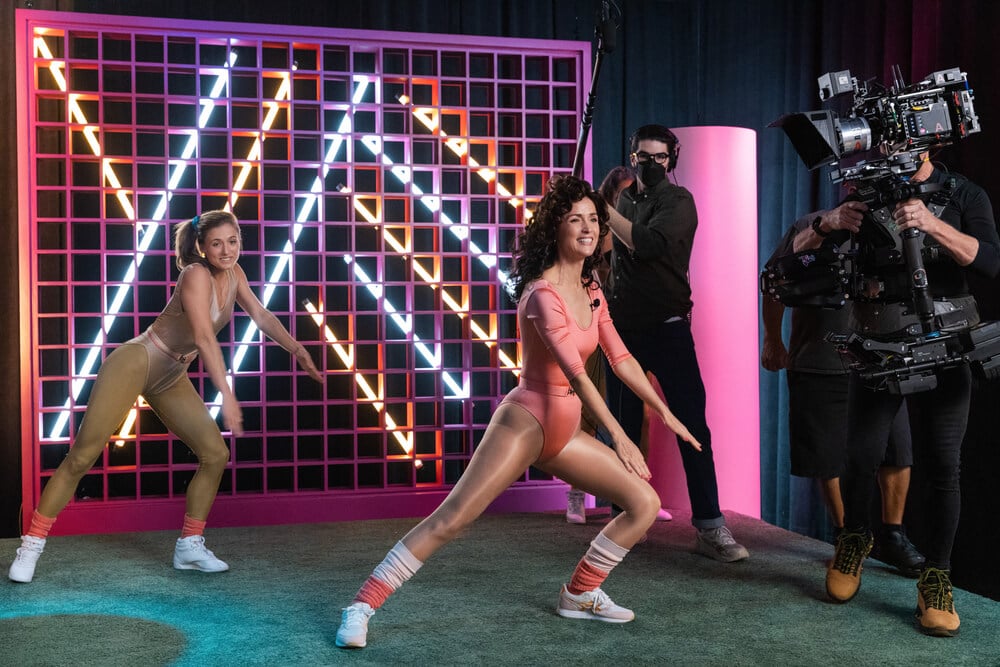
Created by Annie Weisman, the 1980s-set Apple TV+ series Physical focuses on Sheila Rubin (Rose Byrne) as she navigates a path toward self-discovery after unlocking a passion for aerobics. Jimmy Lindsey, ASC served as director of photography for all 10 episodes of the third and final season, building on the foundation established by Season 1 cinematographer Paula Huidobro and Season 2 cinematographer Spencer Combs. All three seasons were serviced by Panavision Woodland Hills and captured with Panavision anamorphic optics. In this Q&A, Lindsey outlines the techniques employed to bring Sheila’s story to a close.
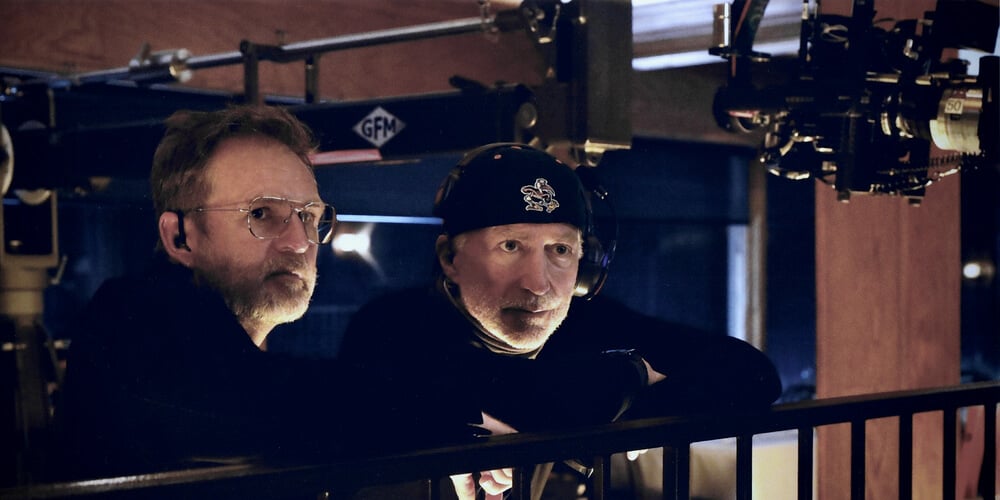
How would you describe the look of the series?
Jimmy Lindsey, ASC: Physical is set in a Southern California beach town during the 1980s fitness boom. The locations and characters feel relatable and grounded. The show’s visual language also needed a period realism as seen through the eyes of Sheila Rubin, brilliantly played by Rose Byrne. To achieve the desired look and create the world she lives in, we combined a number of approaches, including custom vintage 2x anamorphics, a low-contrast technique in final color, and a stylized, subjective camera. These techniques, paired with stellar production and costume design, elevated the tone for the final season.
Were there any particular visual references you looked at for inspiration?
Lindsey: The 1980s was the first decade that video cameras came into wide public use. As a result, the look of the ’80s is well documented and characterized by the technology of the time. The trick in shooting a series set in this period is to invoke the style of the era without being too heavy-handed and distracting from the story. With this in mind, director Stephanie Laing and I referenced a number of films set in and around our time period, including Raising Arizona, American Hustle and Last Night in Soho as well as many of the diet and fitness-craze advertising campaigns of the day.
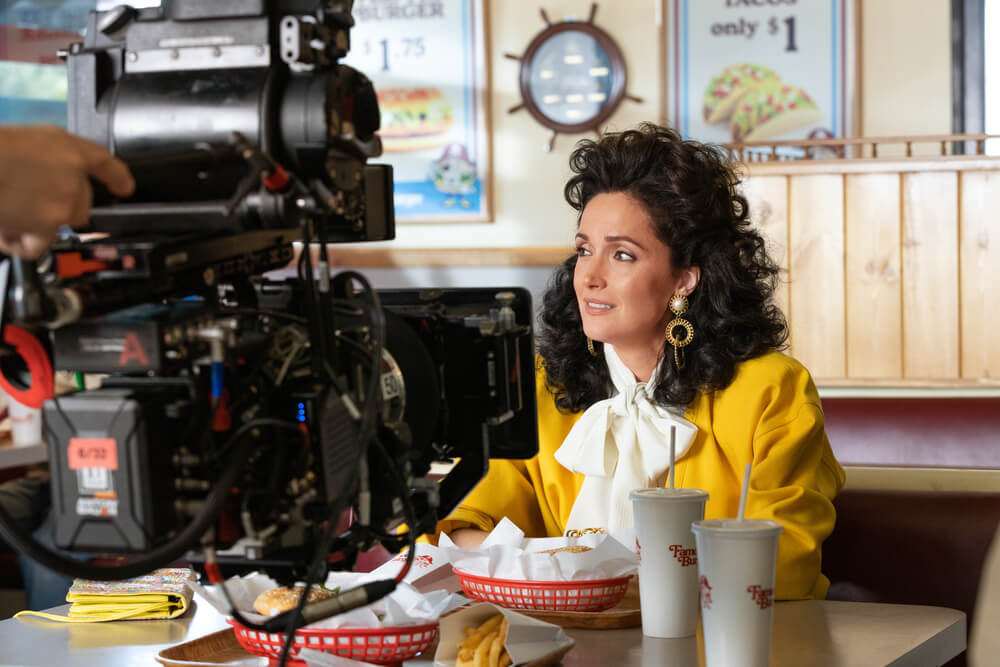
What brought you to Panavision for this project?
Lindsey: When I want to shoot with vintage anamorphic glass, Panavision is my first call. I know I can always count on David Dodson [senior vice president, client relations and business development] to provide stellar support, allowing me the opportunity to shoot a series of tests early on to determine what approach will work best for the project.
Then there’s Dan Sasaki [senior vice president, optical engineering and lens strategy]. He is arguably one of the most gifted lens designers in the world. I’m always amazed by his talents and what he achieves when bringing a new concept to life. With his help, our optical choices can be modified in a number of ways to get the look and feel that will best visually tell the story.
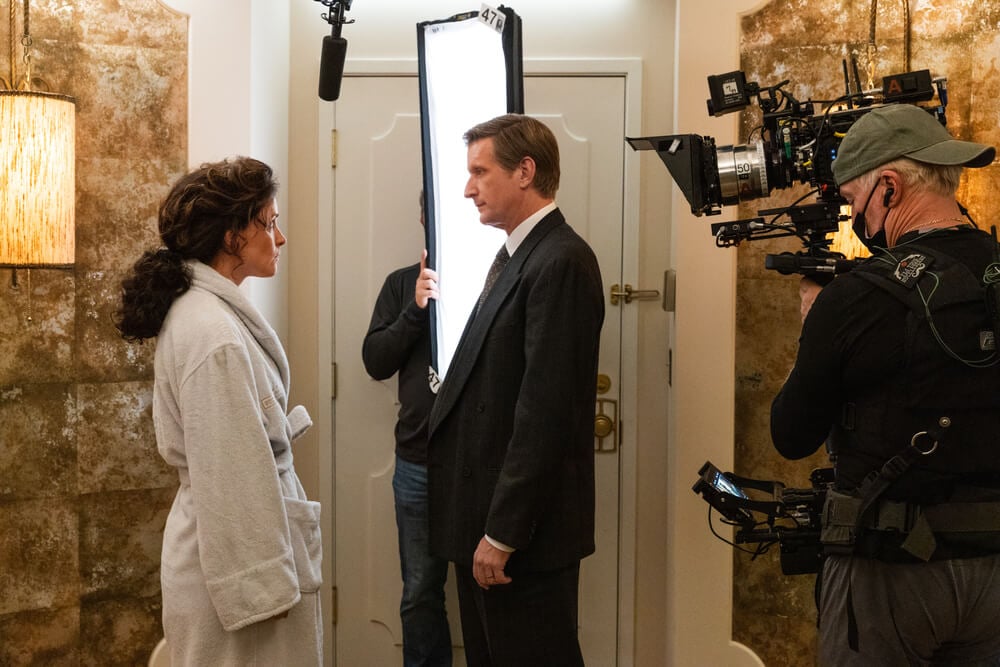
What modifications were done to the T Series lenses you used?
Lindsey: Essentially, they were T Series lenses with B Series front elements. This gave us a custom B Series creamy, vintage feel with soft edge focus and classic 1970s flare characteristics, but with the faster T-stops and improved minimum focus of the T Series.
How does this project differ from others in your career?
Lindsey: Physical has a very distinct style and visual language that was established in the pilot and Season 1. Along with nontraditional framing, this involves quick push-ins on wider lenses at key moments in the story and extended fluid shots that move with the actors, allowing for a lot of freedom with minimal coverage. Almost all of this is achieved through Steadicam and the amazing operating of Mark Moore, SOC. This platform is not normally my first approach to fast, precise movement, but for this series, it creates a beautifully imperfect feeling that blends perfectly with the characters and their unique struggles.
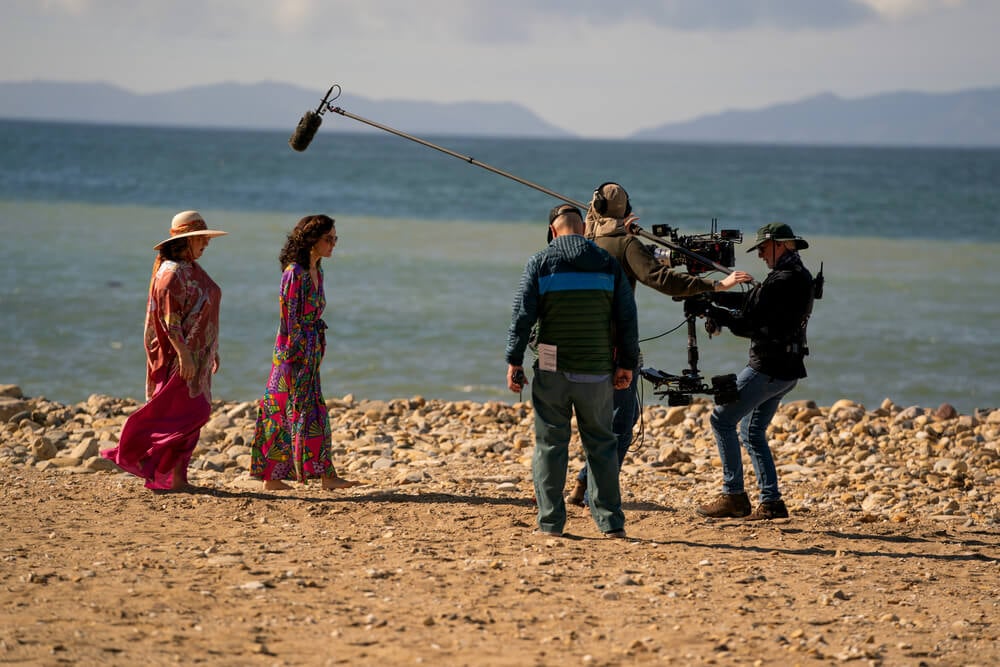
What inspired you to become a cinematographer, and what keeps you inspired today?
Lindsey: At a very young age, I was drawn to photography. When I was 11, my grandfather gave me my first camera, a hand-me-down Polaroid 180, and I quickly fell in love with the art of visual storytelling. Early in my career, my focus was mainly on composition and shot design, but soon lighting became my passion. Throughout my time in school and over 30 years spent on set, I’ve created images with almost every type of film and digital motion-picture camera, but the feeling remains the same. Every time I look through the eyepiece, I fall in love all over again.

